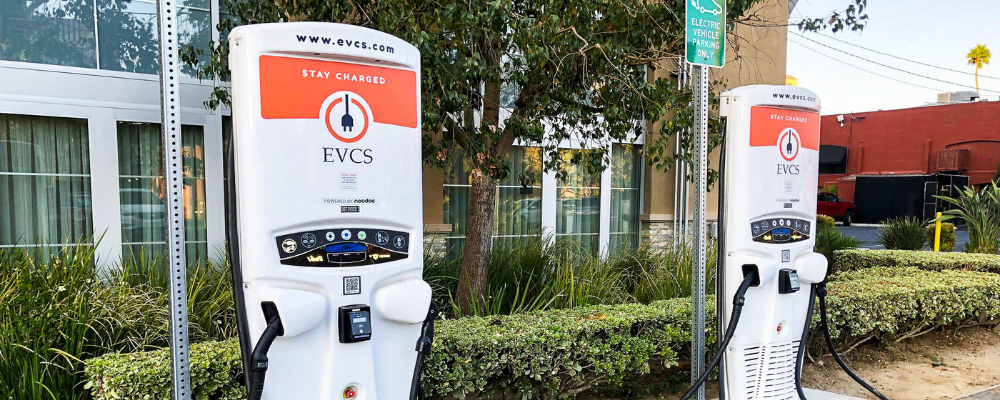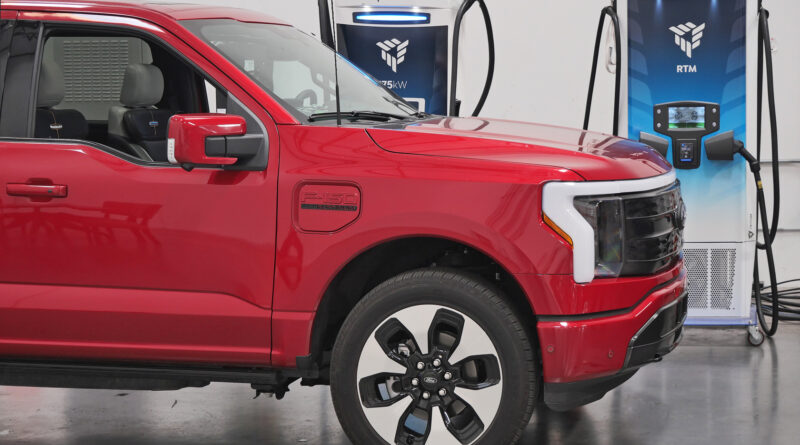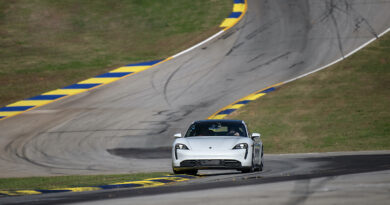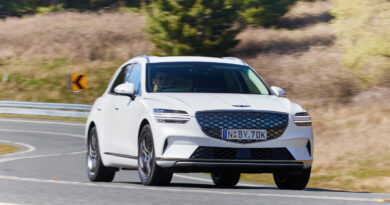Tritium reveals electric car DC fast-charging breakthrough
Australian manufacturer Tritium has claimed an “industry first” charging system for a new generation of electric vehicle DC fast chargers that it says will ease EV driver wait times even as battery pack sizes increase.
Dubbed PKM, Tritium described it as a “unique DC microgrid architecture” that will increase charging site efficiency and scalability.
It works with its new modular PKM150 DC fast-charger that will be initially offered with the choice of 50kW, 100kW and 150kW charging capacities.
READ MORE: EV charging explained
READ MORE: What’s the difference between AC and DC charging for EVs?
READ MORE: How long will it take to charge my EV?
Higher capacity PKM chargers are planned, although Tritium already offers the modular RTM175 launched in 2020 and the 350kW PK350.
High-performance DC fast chargers are traditionally fed individually by their own external power boxes that convert current from 400V AC to DC. The exception to this is 50kW DC fast-chargers that have onboard AC-to-DC converters.

The PKM system’s unique microgrid transmits power across the system at 950V DC, allowing four charging stations and eight outlets per power box.
Since the infrastructure is shared, less equipment is needed. Tritium says that enables operators to develop EV charging parks with more fast chargers available for EV drivers as the number of cars on the road grow and battery sizes increase.
Tritium says the PKM design reduces the cabling by half, which considering the cost of copper can lead to thousands of dollars in savings for small charging sites and hundreds of thousands of dollars for large sites.
“One of the biggest challenges in the EV charging industry right now is increasing utilisation without increasing driver waiting times for a charge,” said Tritium Co-Founder and Chief Growth Officer David Finn.
“Operating and capital costs are traditionally proportional to peak power requirements, yet the revenue our customers generate comes from average power delivery.
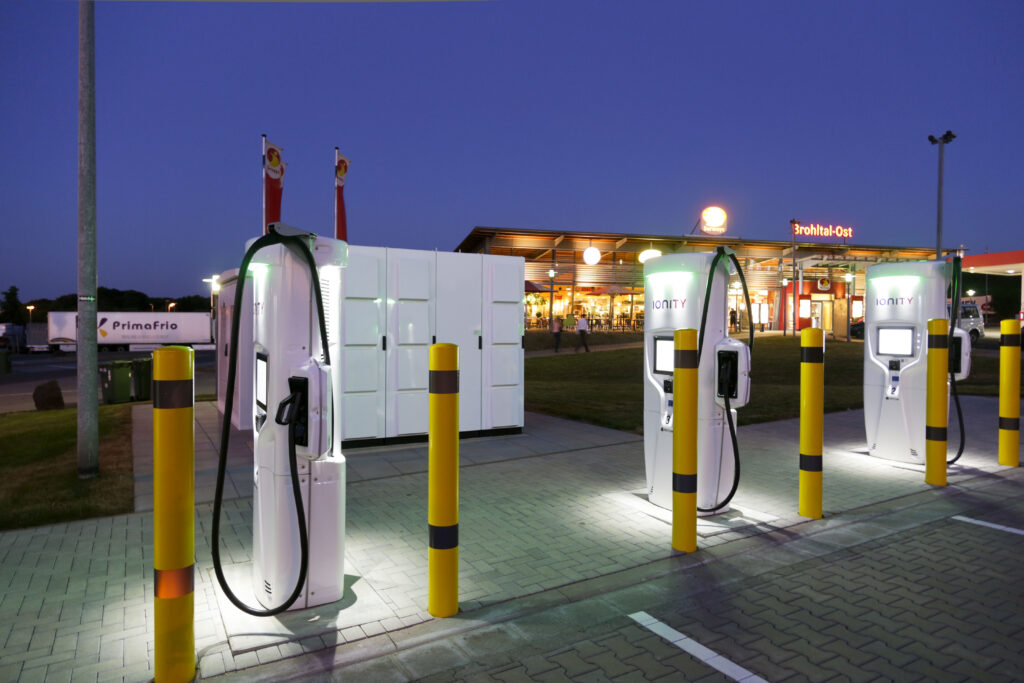
“The PKM provides a new, distributed architecture that delivers unique site capital efficiency and scalability.
“With the PKM150, we’ve built a strong foundational model for this new platform that will offer our customers the opportunity to deploy more capital efficient sites, which will in turn allow them to build more charging sites across their networks.”
The announcement of the PKM charging system and chargers comes weeks ahead of an expected public listing in the USA on the NASDAQ via the same sort of SPAC (or reverse merger) as employed by the likes of Lucid, Lordstown and Nikola.
Founded in 2001, Tritium has become a leading global supplier of DC fast chargers to various networks including Ionity in Europe, EVCS in the US and Evie Networks in Australia.
It has test and research facilities dotted around the globe, including Los Angeles, where the Ford F-150 Lightning pictured at the top of this story was undergoing compatibility testing.
A key investor in Tritium has been the coal baron Trevor St Baker, who is also an EV enthusiast and a backer of plans to bring BYD electric vehicles to Australia.
